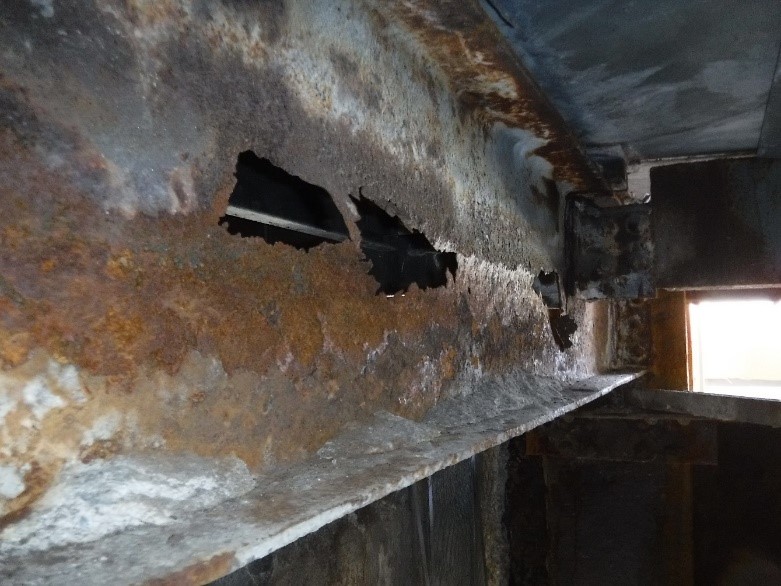BE has conducted numerous API 2218 assessments for Oil & Gas, Chemical, Petrochemical, and other industrial markets to help clients determine where fireproofing is and is not needed to ensure their facilities are protected in the event of a fire and to minimize cost of where fireproofing is needed.
BE the Solution
An API 2218 analysis includes an analysis of the fire potential scenarios. Brindley Engineering’s Process and Mechanical Engineers analyze the facility’s process flow diagrams to identify high fire potential equipment and piping and ultimately create the facility’s fire envelope. Our Structural Engineers and Reliability Technicians then conduct field inspections to determine the existence of and condition of passive fireproofing systems (concrete, mastic, intumescent, other) and other fire-mitigation structures and systems. We then perform an API 2218 fire protection risk analysis and a financial impact study of the systems, together with forward recommendations, to help our Clients make informed decisions balancing safety, risk, and cost. We are typically then requested to provide repair plans and drawings for the fireproofing and underlying steel (which is often corroded) to ensure a safe and reliability structure.
Our Challenges
Determining the needs of an entire unit, considering all active and passive systems, together with safety / risk / and financial impacts is a multi-discipline and complex process that requires a highly trained and skilled team.
BE the Result
BE’s ability to perform these API fire protection assessments and provide the Owner with a risk-based path forward is critical to managing risk v. cost utilizing a data-based approach.
Check out the API 2218 PDF Download Case Study here.


0 Comments